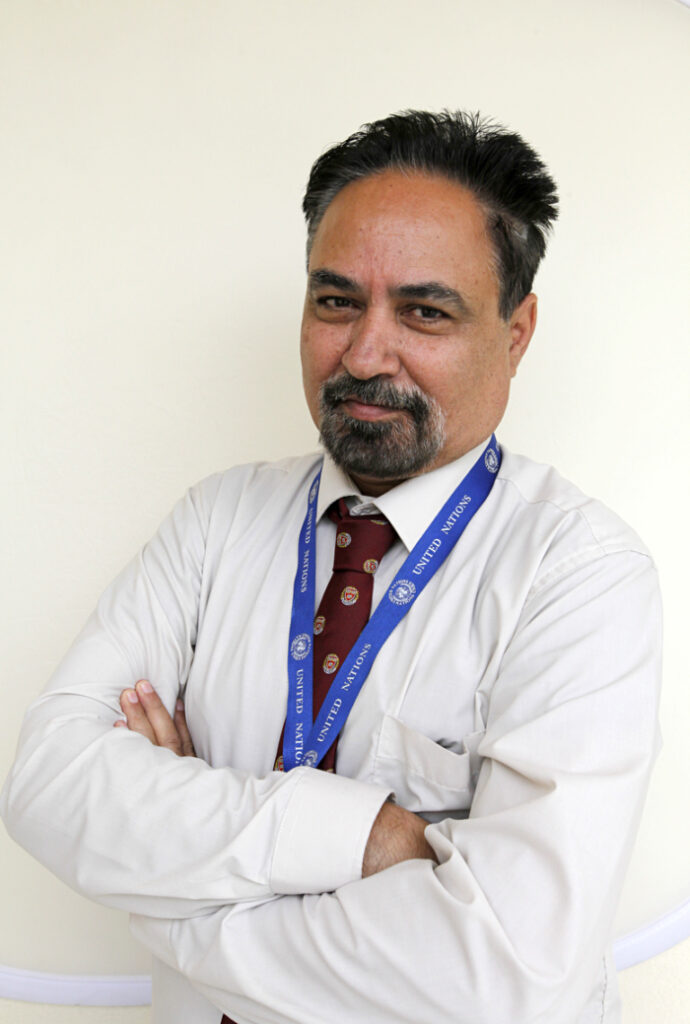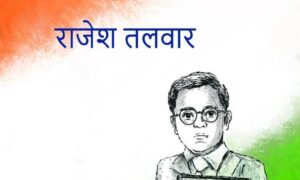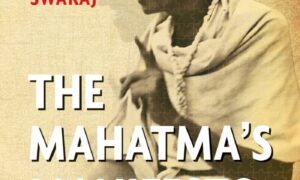
Once I found an Arun Sharma in my age group, the next thing was to determine his profession. That was easy enough: I would just explain how we charged higher premiums for people in high-risk professions, such as pilots and drivers, so I needed to know his vocation. I had decided I needed to find a scientist, and preferably a physicist.
You’d be surprised how long it took me to find a Sharma who was about my age, give or take a couple of years, and who was a scientist, but in the end I found one. Just the man I was looking for. Arun Sharma, a PhD from Banaras Hindu University, who taught at the Indian Institute of Technology, Mumbai.
I paid the man’s house a visit, pretending to be a journalist from a career magazine doing a write-up on the teaching and scientific profession as a career.
Sharma was happy to talk to me at some length. He didn’t ask for any identification. He bragged about how brilliant he had been at school, how he had been a topper at the Banaras Hindu University, and how he had published ground-breaking scholarly articles in internationally renowned journals. I listened politely and laughed internally. I devoured scientific journals the way bookworms read bestsellers, and knew all about his so-called breakthroughs.
I prompted him in the direction of his limited expertise, only to allow him to boast of his accomplishments. His wife even brought tea and snacks for me. At the end of the three hours, I knew all about his life history. Sharma saw me to the gate, and said that he had met many science journalists in his life, but never anyone as well-informed as I was. ‘You should be teaching yourself,’ he said as he shook my hand. ‘You know a great deal.’
Don’t worry, Arun Sharma, I said to myself. Soon enough I will be teaching, with a little inadvertent help from your side.
Sharma had provided his email address for me to send him the never-to-be-published interview in the fictitious career magazine. During our conversation he had spoken to me of his plans to try to get a teaching job overseas in one of the high-paying universities in the West. Predictably, the United States was his target.
Two weeks later I wrote to Sharma from a fake email ID, pretending to be a Professor John Dewey – the man genuinely existed – who’d come across Sharma’s ‘fascinating’ work on particle physics and wished to enquire if he’d be interested in making a presentation at an international seminar to be held in Washington in the fall. All expenses paid and a five-thousand-dollar fee for his trouble. If Sharma was interested, could he please forward his acceptance together with clear copies of all his testimonials from school onwards? Part of the red tape, you see. What to do? John Dewey hoped to hear from Sharma at his earliest convenience.
Would the fish bite? I was certain it would.
The very next day Professor John Dewey received an effusive letter complimenting him on his own work: clearly Sharma had googled him. An attachment to the mail contained scanned copies of Professor Arun Sharma’s testimonials, starting from his days spent in a posh private school in New Delhi.
I had what I needed now. The difficult part was over. The rest would, I hoped, be easier.
Unlike my namesake, I had no little or no interest in going to the United States. It’s true that they have fancy telescopes and laboratory equipment there, but I have always believed that it is the man who is important, not the equipment. Professor Einstein’s wife is reported to have once quipped to an American scientist, who was proudly displaying a new telescope that could get clear pictures of distant planets and simultaneously do calculations about the distance from the earth: ‘Oh, but my husband does that on the back of an envelope.’ Now, that might be a joke, and possibly Mrs Einstein never said anything of the kind, but the point being made is a valid one.
I knew where I wanted to apply. It was to the Institute of Astrophysics at Hua Hin, Thailand. The Head of Department there, a man by the name of Professor Santi Garagate, was the only man, according to me, who was doing any real work in astrophysics – and all without the aid of advanced measuring instruments.
I waited patiently for a vacancy to appear. Two months later, an advertisement appeared for the post of Junior Astrophysicist. International applications were invited. I applied immediately, attaching my namesake’s testimonials as my own.
I was shortlisted for a telephone interview to be conducted by the great man himself together with a panel of other scientists. ‘Why have you applied for this post?’ the professor wanted to know at the very outset. ‘This is a junior post, and you have lots of experience.’
‘I want to work in your institute, sir,’ I responded honestly, ‘and more importantly, I want to work with you.’
The thing is that with truly great minds flattery will get you nowhere. The professor was annoyed at what he assumed was ingratiating behaviour. ‘What do you know about my work?’ he said querulously.

I spoke for the next twenty minutes, providing an overview of his work and my assessment of it. I didn’t hesitate to throw in a few pointed remarks about some of the a priori assumptions he had made. There was a deathly silence after I had finished. I waited, my heart racing like the Mumbai metro.
‘I am simply astounded,’ the professor said, his voice shaking with emotion. ‘I have never heard such a cogent analysis of my work even from my most senior colleagues.’ He paused as if he was trying to recover his composure, and then he said: ‘No further questions, Mr Sharma. When can you join us, please?’
(Extracted with due permission from author, publisher)
[the_ad id=”55722″]


















